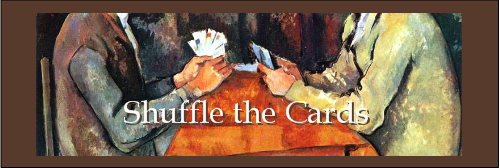After this I took the metro across the city and visited a relatively new park called Parc de Diagonal Mar. The park was located in a residential area near the beach surrounded by high-rises and shopping centers. The artwork was quite bizarre:

Park Güell was planned by Gaudí and is one of the most imaginative spaces I have ever visited. It was built between 1900 and 1914 and includes two buildings at the entrance gate:
You can spend a lot of time in this park, looking at all of the details Gaudí used in the gardens and pathways. One of the most famous images from the park is the mosaic lizard the architect placed in the middle of the stairway leading up the park's main hill. Reproductions of this creature can be purchased in shops all throughout Spain:


After spending a few hours relaxing at Park Güell, I returned to the Barri Gòtic near my hotel and found a museum dedicated to Catalonia's most famous artist, Salvador Dalí. The museum featured many of his sketches as well as his sculptures and decorative art objects for which he is not as well-known:

I then walked back down Passeig de Gràcia and turned right on a street to visit Josep Puig i Cadafalch's Casa Terrades (or Casa de les Punxes), which resembles a medieval castle:

I then returned to the Palau Nacional and visited the the Catalan art museum. There was an impressive collection of Romanesque frescoes which were originally located inside stone churches in the Pyrenees Mountains. The paintings (which dated from roughly between 1000 and 1350) were endangered as the churches were crumbling after centuries of abandonment. In the late 1800s a group of art collectors organized a rescue of these frescoes. The paintings were removed and transported on the backs of donkeys down the mountains to their current location in Barcelona. Other artists in the museum included Miró, Picasso, Dalí, and Casas. Here are some photos of Barcelona taken from the front of the museum:


I walked down Montjuïc and took the metro back to Plaça de Catalunya where I took the bus to the airport. My flight arrived on time and I returned to Madrid in what seemed like no time. Catalonia left an impression on me. I didn't feel as though I was in Spain. Even advertisements for stores and businesses listed their web address as .cat rather than .es which is used elsewhere through Spain. The spirit of the Catalan people seemed different as well, more in tune with the "European ideal" which the EU is trying to stress now. Catalonia is a beautiful area and I would love to visit it again.
As everyone was still gone on their various trips, I was in Alcalá alone for a few days before I left on the next leg of my trip.















































































